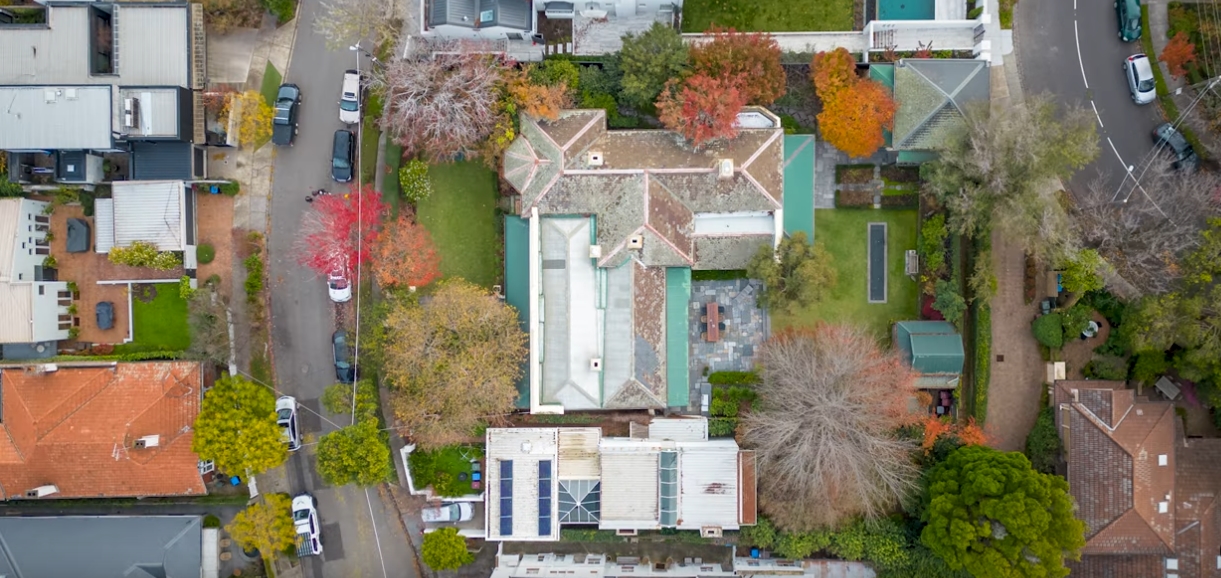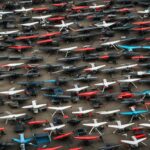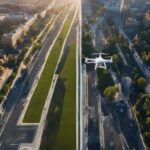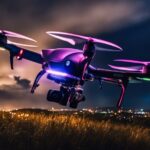Can a Drone Be Flown Over Private Property: Understanding the Legalities
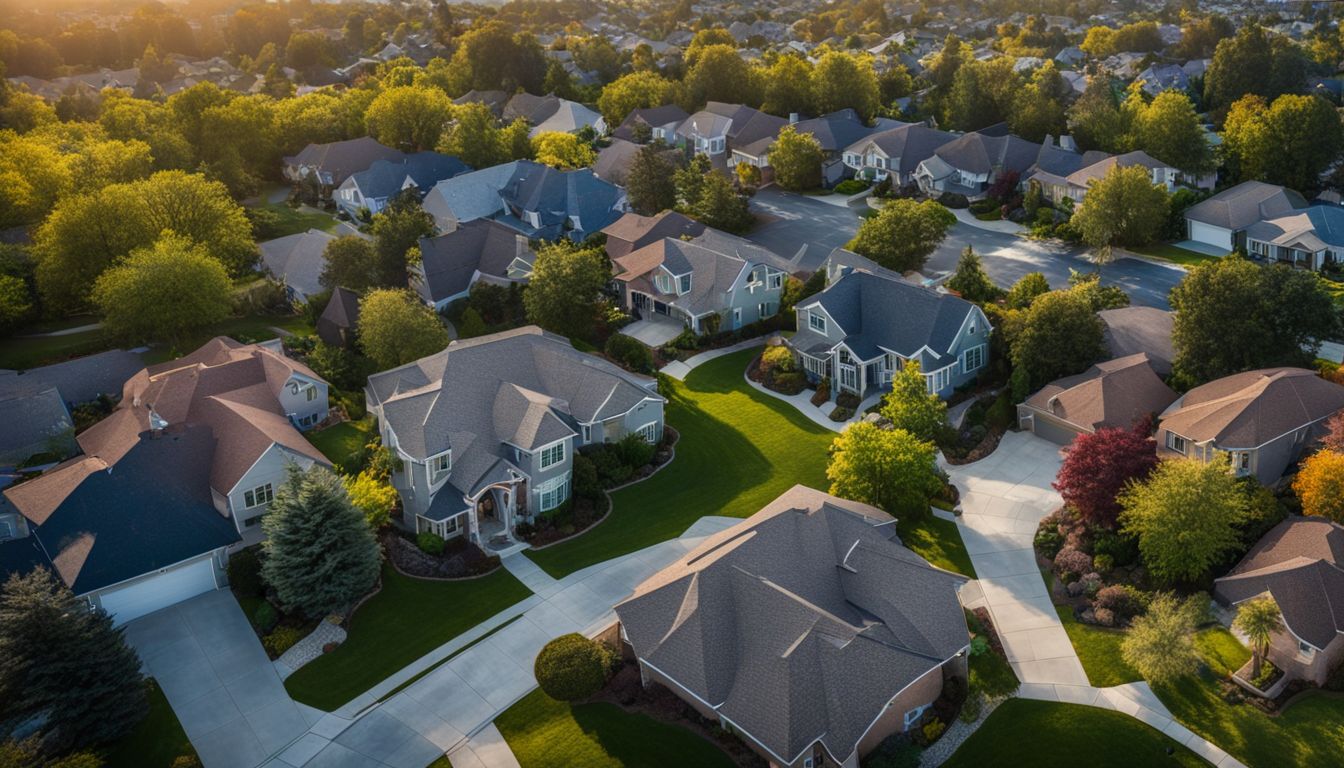
As a fellow drone enthusiast, I understand the challenges that can come with trying to figure out where it’s okay to fly and where it’s not. Trust me, you’re not alone in feeling confused by the multitude of federal, state, and local drone regulations surrounding flights over private property.
This blog is here to help! We’ll delve into the nitty-gritty details of these laws both in the United States and the United Kingdom so that you don’t have to. Stick around as we explore how our passion for drones intersects with the rights of property owners – because knowing makes all the flying more enjoyable!
Key Takeaways:
- The Federal Aviation Administration (FAA) controls all airspace in the U.S., and drones must fly below 400 feet and stay within sight.
- Property owners have ownership rights over the airspace above their property, so you need permission to fly a drone over private property even if you’re not physically entering their space.
- To fly a drone legally over private property, obtain permission from the property owner, communicate with neighbors about your intentions, and follow applicable federal and state regulations.
- Violating drone regulations can result in legal consequences such as fines or charges for trespassing on private property or violating privacy rights.
Understanding the Legalities of Flying Drones Over Private Property
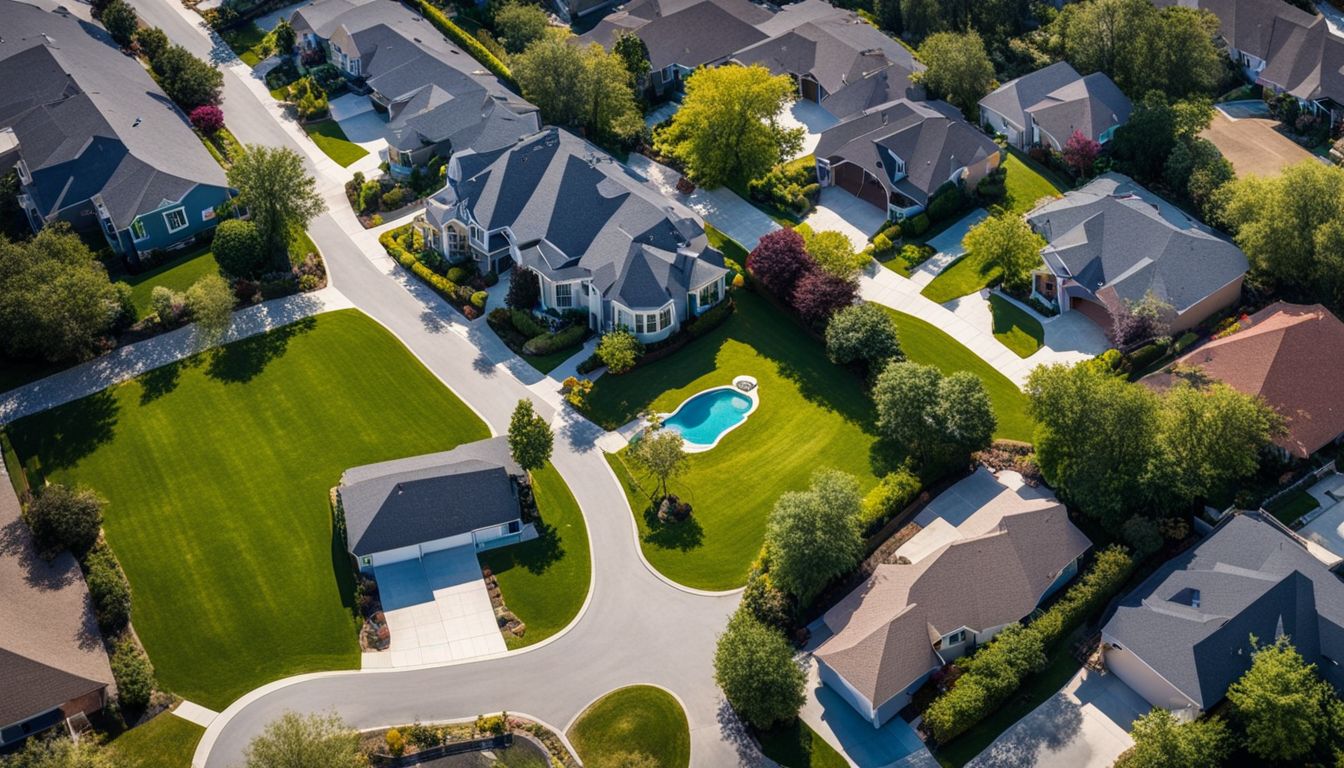
The legalities of flying drones over private property involve navigating the regulations set by the Federal Aviation Administration (FAA), understanding property owners’ airspace rights, and obtaining necessary permissions.
The Federal Aviation Administration (FAA) Airspace Regulations
-Airspace-Regulations-97295853.jpg)
The FAA controls all airspace in the U.S. They say that drones must fly below 400 feet and stay within your sight. The FAA also tells us to get permission to fly a drone above 400 feet near any property.
Being smart with your drone means you need to know and follow these rules closely, or face the risk of being punished by law.
Airspace Rights of Property Owners

As a drone enthusiast, it’s important to understand the airspace rights of property owners. According to common law, property owners have ownership over all the airspace above their property without any limit.
However, when flying a drone over private property, you still need permission from the property owner, even if you are not physically entering their space. It’s crucial to respect privacy and property rights by obtaining necessary permissions and ensuring that your drone does not invade someone else’s personal space or fly too close to their property without consent.
By being aware of and respecting these airspace rights, we can ensure responsible and legal operation of drones over private properties.
Causby Case of 1946 and Property Owners’ Airspace Ownership
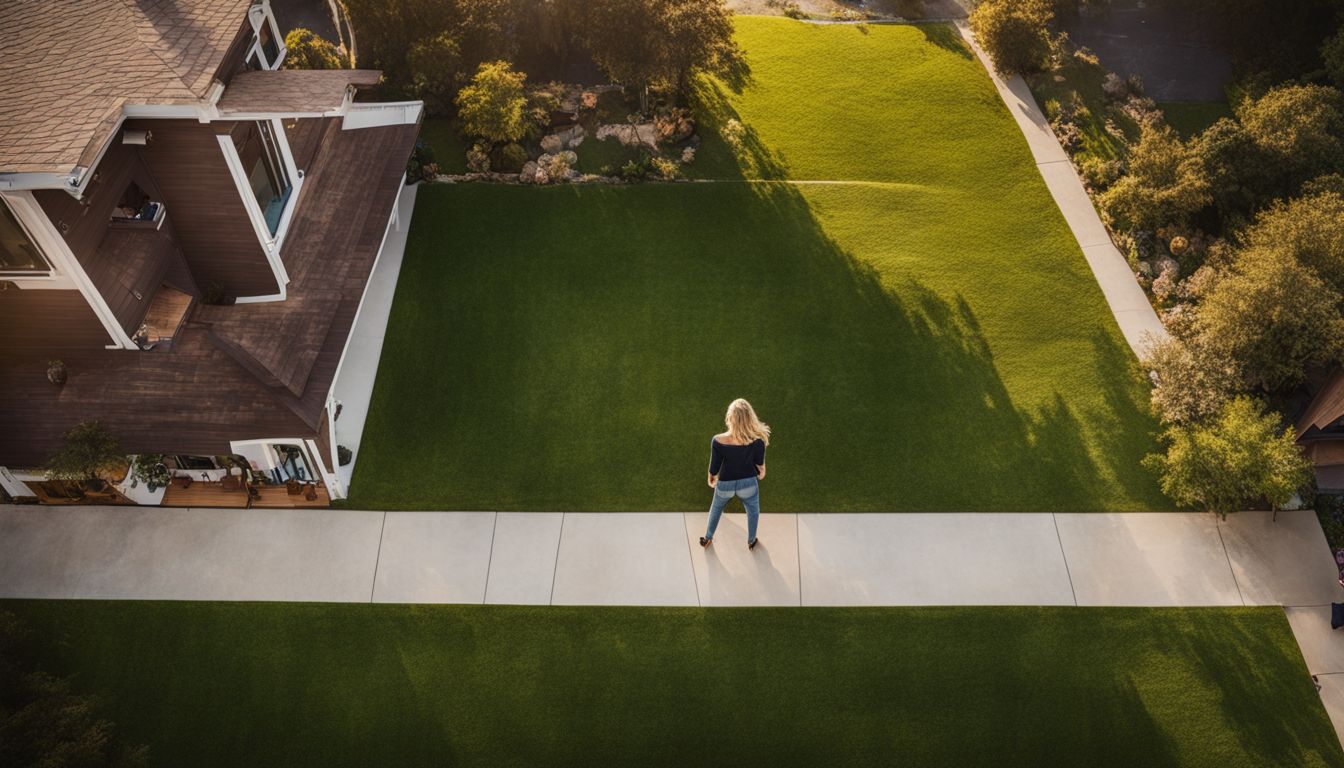
In the Causby Case of 1946, the Supreme Court recognized that property owners have ownership rights over the airspace above their property. This means that you have control over what happens in and above your airspace.
However, this does not mean that you own all of the airspace up to an unlimited height. The court ruled that a landowner’s property rights extend “to at least as much of..the immediate reaches of the enveloping atmosphere” as they can make use of for their property.
So while you do have some ownership rights to the airspace above your land, there are limits to how high those rights go. In general, these limits are determined by practical considerations and aviation regulations set by authorities like the FAA.
Permission Requirements for Flying Drones over Private Property

To fly a drone over private property legally, it is important to follow these permission requirements:
- Obtain permission from the property owner before flying the drone over their land.
- Communicate with neighbors and nearby residents to ensure they are aware of your intentions and address any concerns they may have.
- Respect any restrictions or guidelines set by the property owner regarding the use of drones on their property.
- Follow all applicable federal and state regulations regarding drone flight, including height restrictions and line of sight requirements.
- Understand that even if you have permission to fly a drone on private property, it is still important to respect privacy rights and avoid intruding on others’ personal space.
State-Specific Regulations on Flying Drones over Private Property
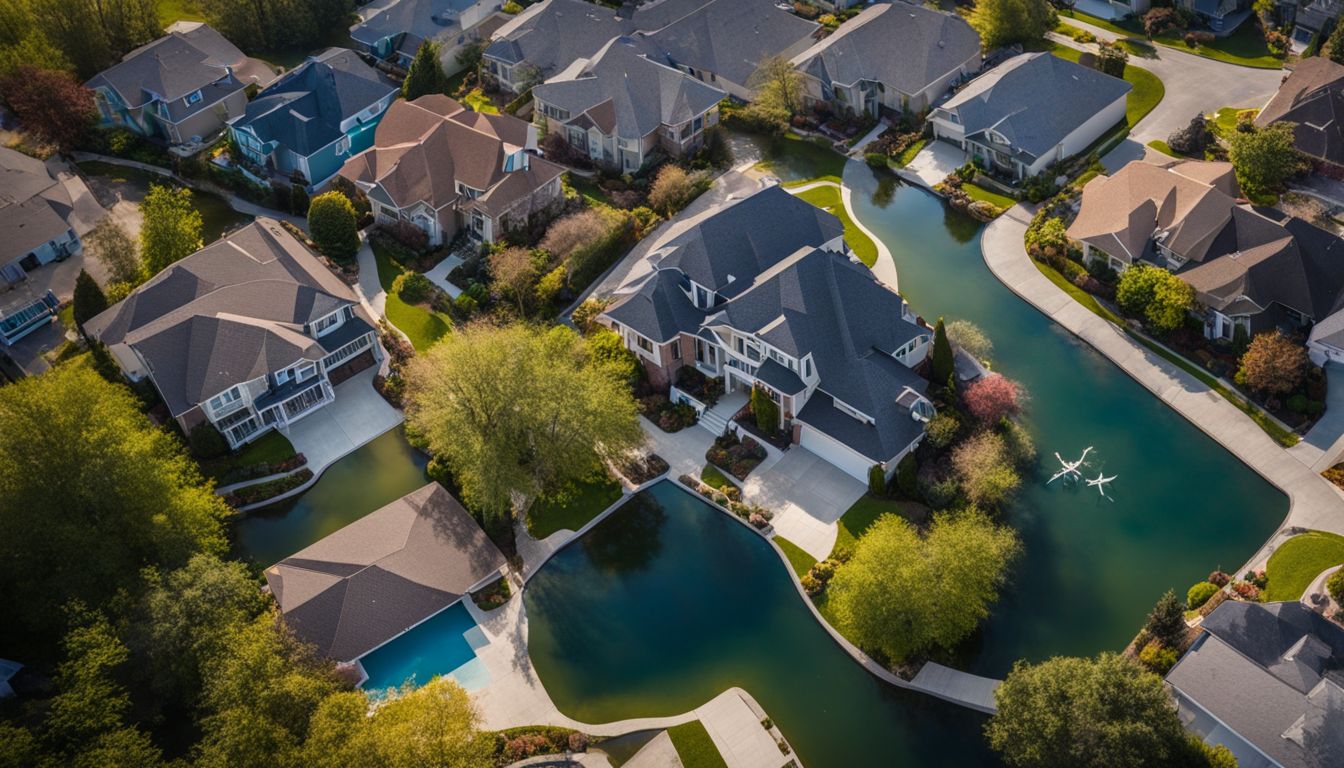
Each state in the United States may have its own specific regulations regarding flying drones over private property. It is important for drone enthusiasts to familiarize themselves with these regulations to avoid any legal issues or consequences.
For example, Texas has laws that prohibit using a drone to capture images of private property without consent, while New York prohibits flying drones near correctional facilities and certain airports.
California requires operators to obtain permission from property owners if they want to fly below 350 feet above private land. Indiana and Georgia have laws restricting drone operations near critical infrastructure and government facilities.
Consequences of Violating Drone Regulations
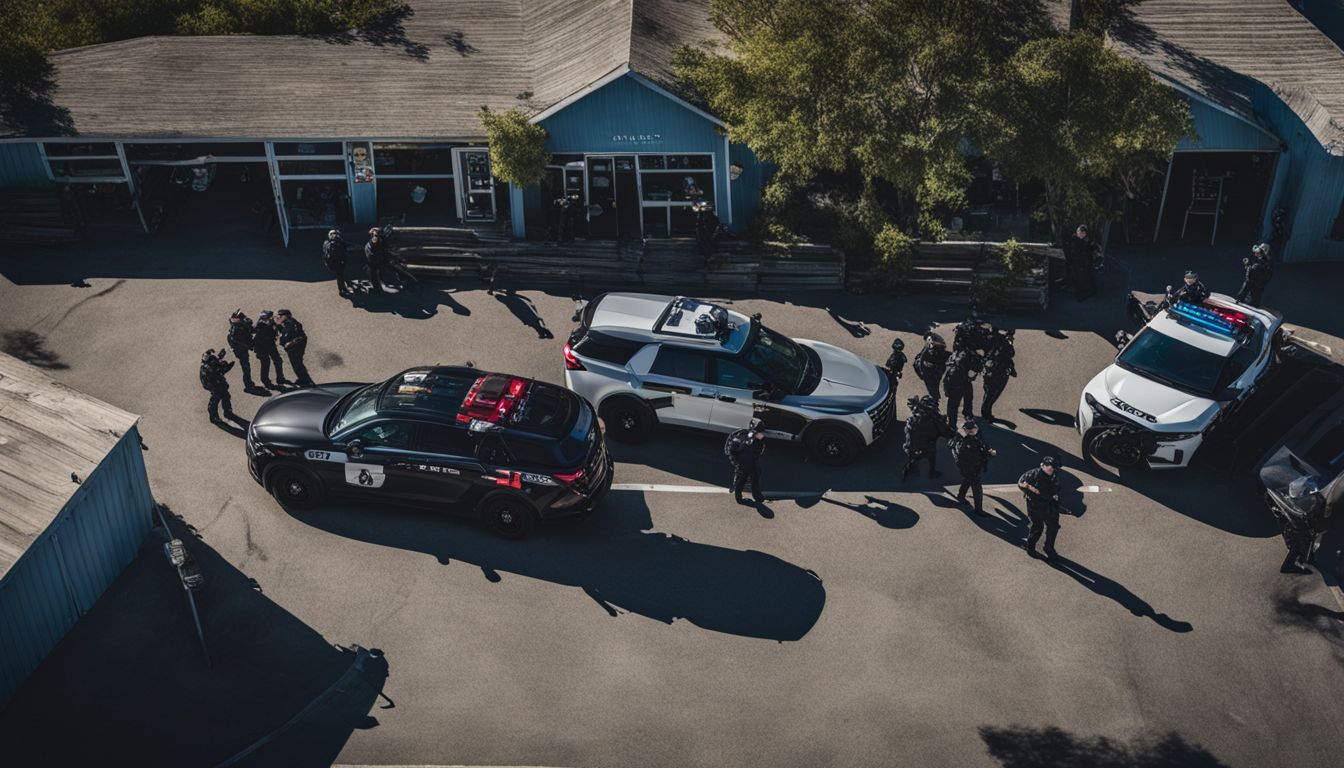
If you violate drone regulations, there can be serious consequences. You could face legal action and potential charges for trespassing on private property or violating privacy rights.
The Federal Aviation Administration (FAA) has the authority to enforce these laws and can impose fines and penalties for improper drone usage. It’s important to understand and follow all regulations to avoid any legal trouble and ensure the responsible use of drones.
Remember that respecting others’ privacy and property rights is crucial when flying drones over private property. Always obtain permission from the property owner before flying your drone in order to avoid any negative consequences.
Can You Fly a Drone Over Private Property in the United States?
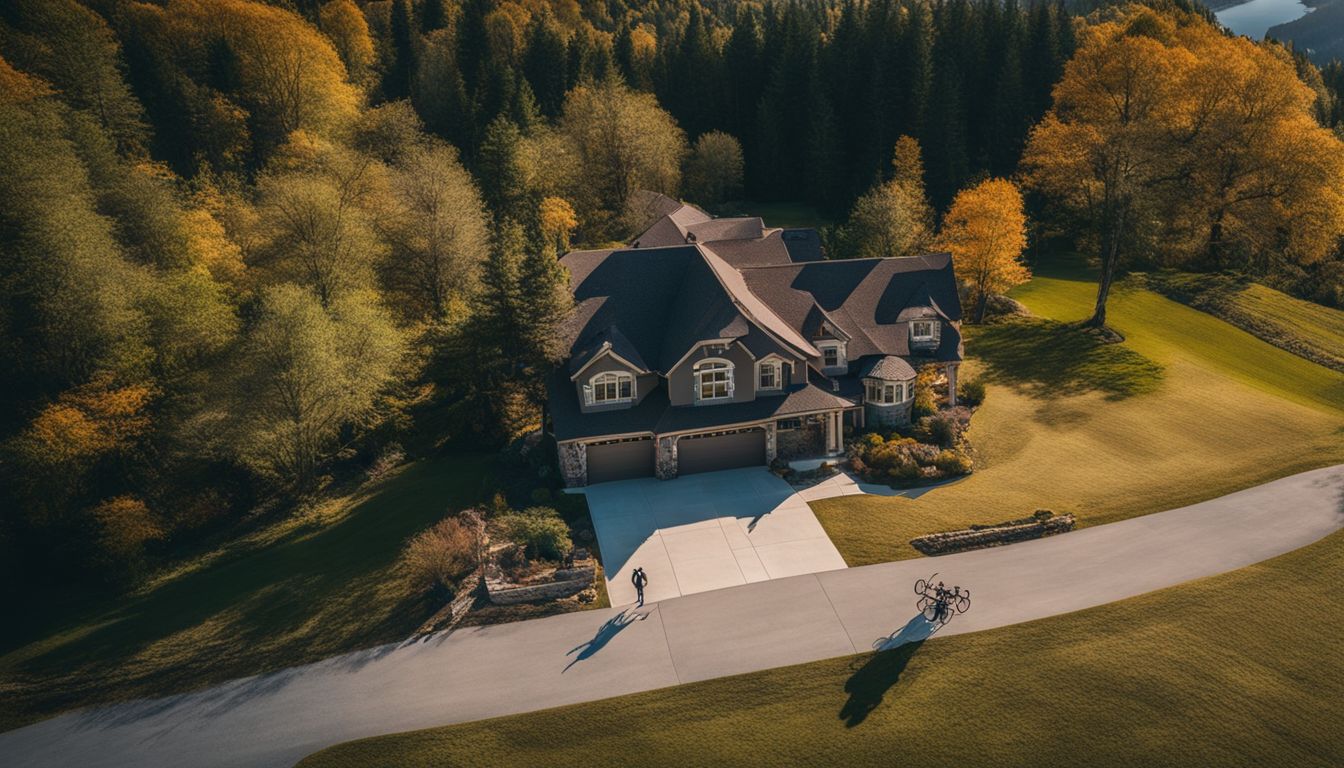
In the United States, you can fly a drone over private property as long as you stay below 400 feet and keep it within your line of sight. However, it’s important to remember that even if you are on your own property, flying a drone in a way that invades someone else’s privacy or causes disturbance can still be against the law.
You need permission from the property owner if you want to fly your drone higher than 400 feet above ground level. It’s crucial to follow Federal Aviation Administration (FAA) regulations and respect others’ privacy and property rights when flying drones over private property.
Violating these regulations can have legal consequences, including potential trespassing charges.
Remember, while there are no federal laws specifically prohibiting flying drones over private property without permission, common law states that property owners have rights to all airspace above their properties without any limit.
Additionally, it’s essential to consider state and local regulations that may impose additional restrictions on flying drones over private properties. Make sure to research and understand these laws before taking flight.
To ensure legal and ethical operations of drones over private properties in the US, always communicate with neighbors about your intentions, establish good relationships with them, obtain necessary permissions when required, and respect their privacy and space.
By doing so, we can enjoy our drone hobby responsibly while being mindful of others’ rights and safety.
Can You Fly a Drone Over Private Property in the United Kingdom?

In the United Kingdom, you can fly a drone over private property as long as you have permission from the property owner. It’s important to respect people’s privacy and get their consent before flying your drone near or over their land.
The Civil Aviation Authority (CAA) provides guidelines for responsible drone use, which include avoiding flights close to airports, crowded areas, and sensitive locations. Additionally, there are certain restrictions on flying drones in specific places like national parks or military sites.
So make sure to check the rules and regulations set by the CAA and obtain any necessary permissions before flying your drone in the UK.
(Keywords: Fly a Drone Over Private Property, United Kingdom, Permission from Property Owner, Civil Aviation Authority (CAA), Responsible Drone Use)
What Happens If You Fly a Drone Over Someone’s House?
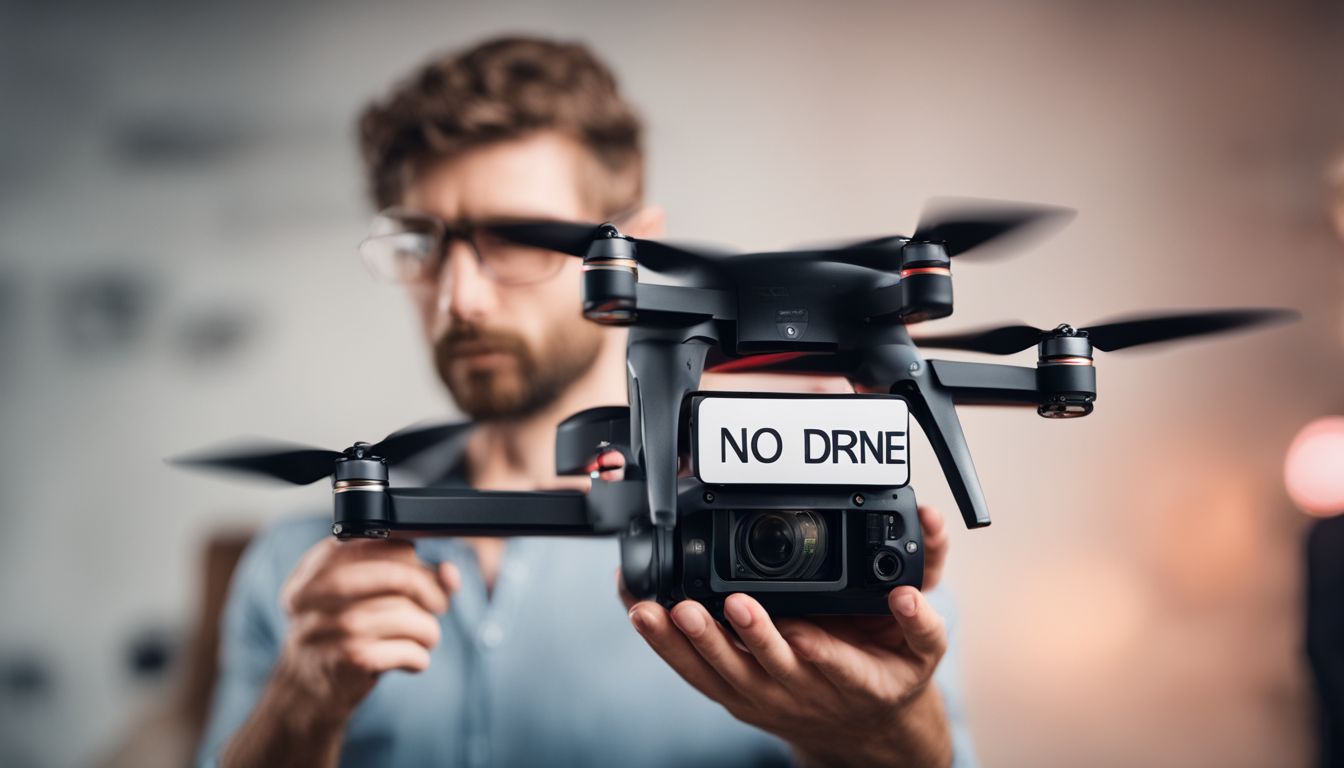
If you fly a drone over someone’s house without permission, it can lead to legal consequences. It could be considered trespassing, which means going onto someone else’s property without their permission.
This is not allowed and can result in charges. It is important to respect people’s privacy and property rights when flying drones. Always get permission from the property owner before flying your drone over their house or backyard.
Obeying the laws and being respectful of others’ privacy will help ensure you fly your drone responsibly and avoid any legal troubles.
Responsible Drone Usage and Respecting Privacy Rights

Responsible drone usage involves respecting privacy rights and following ethical considerations. It is important for drone operators to understand the boundaries of personal privacy and avoid invading others’ private spaces without permission.
Best practices such as flying at appropriate altitudes, avoiding capturing intimate or sensitive information, and obtaining consent from property owners can help maintain a responsible approach to drone usage.
Ethical Considerations
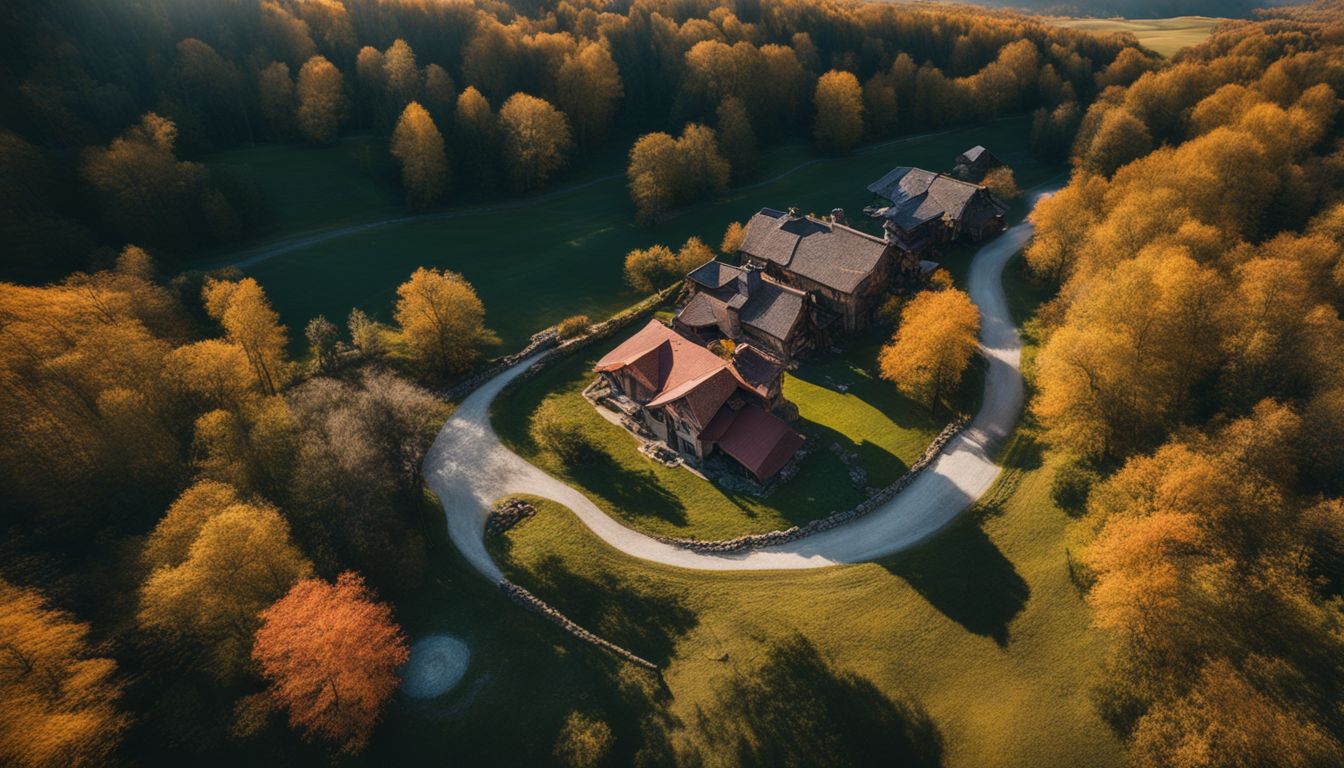
When flying drones over private property, it’s crucial to consider the ethical implications. Respecting privacy rights is of utmost importance, as it can be invasive to fly a drone over someone’s house without permission.
Additionally, focusing the camera toward someone’s bedroom window can violate their privacy and be seen as an unethical use of your drone. It’s essential to communicate with neighbors and obtain necessary permissions before flying your drone over private property.
By being responsible and respectful, we can ensure that drone usage remains ethical and does not infringe upon others’ rights.
Best Practices for Flying Drones Responsibly

Here are some best practices for flying drones responsibly:
- Always follow FAA regulations and obtain necessary permits or licenses before flying your drone.
- Respect others’ privacy rights by not intruding on their property without permission and avoiding filming or photographing private areas.
- Fly within your line of sight and avoid flying near airports or in restricted airspace to ensure safety for yourself and others.
- Be considerate of noise levels when flying in residential areas, especially during early mornings or late evenings.
- Maintain control over your drone at all times to prevent accidents or damage to property.
- Avoid flying your drone in hazardous weather conditions such as strong winds, rain, or fog that may affect its stability or visibility.
- Stay informed about local laws and restrictions on drone usage, as these can vary from state to state.
- Be courteous to other people around you when flying your drone, ensuring that you don’t invade their personal space or cause any disturbances.
- Keep a safe distance from wildlife and nature reserves while capturing aerial footage, respecting the environment and minimizing disruptions to wildlife habitats.
- Regularly update yourself on new developments in drone technology, safety guidelines, and best practices to enhance your knowledge and skills as a responsible drone operator.
+ Conclusion

In conclusion, understanding the legalities of flying drones over private property is crucial for drone enthusiasts. While federal laws in the United States do not specifically restrict flying drones over private property, it is important to respect property owners’ rights and obtain permission before flying.
Additionally, state and local regulations may have additional restrictions that need to be followed. By being aware of these regulations and respecting privacy and property rights, drone operators can ensure a responsible and lawful operation of their drones.
FAQs
1. Can a drone be flown over private property?
Legal issues can come up when drones, also known as unmanned aircraft systems, are flown over private property due to privacy concerns and trespassing laws.
2. Are there specific laws for flying drones in different states?
Yes, each state like Texas, New York, California, Indiana and Georgia have their own drone laws including privacy rules and airport proximity restrictions.
3. What is controlled airspace and how does it affect my drone flight?
Controlled airspace is an area around airports where drone flights may be limited or restricted due to safety reasons set by Federal Aviation Laws.
4. Do I need permission to take pictures with my drone on someone else’s land?
Yes! Drone photography laws protect property owner rights so you must get flight permissions before using drones for surveillance or taking photos on private lands.
5. What should I know about ground clearance for my drone?
Ground clearance refers to the safe distance a drone needs from the ground or any objects under it during its flight according to aviation law guidelines.


